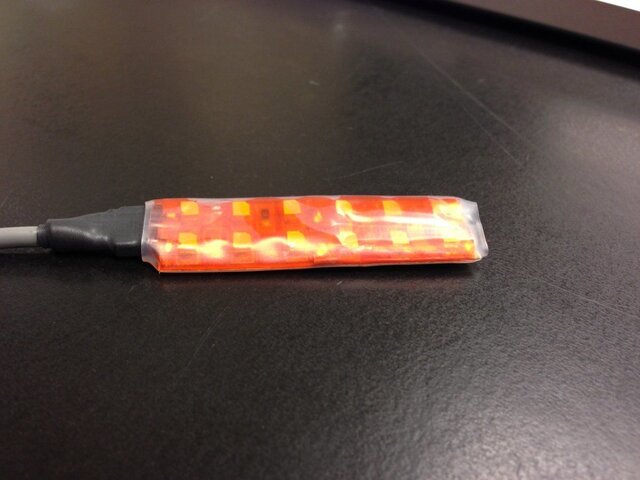MarshallPope
Well-Known Member
I've been researching a low-budget replacement for our seat-mounted aisle lights, because the night-light bulbs that fit get left on and burn out quickly and any LED candelabra base bulbs that fit all focus to the tip and emit very little light through the louvered faceplates. The gang boxes in the seats are only an inch or so deep, so it has been fairly impossible to find any replacements that work without spending considerably more than we would like.
I think I have come up with a solution that just may work, but before I formally submit it to maintenance for the electrical portion, I wanted to run the idea by you guys and see if there is anything I have missed.
My plan is to get something similar to this dimmable transformer and have it wired in with a dimmer by the breaker box, converting the wiring to the seats to 12v DC. As far as I can tell, the conduit runs through the floor across the back of the house and down each side of the seating. I'm guessing it is something like a 150' run total, in two branches. It is a 2-wire system, as far as I can tell - at least to the gang boxes in the seats; I haven't opened a box in the floor yet to check, but I think I only need 2.
Once everything is DC, I'll take some generic warm LED tape and cut it in sections of 3 or 6 LEDs. (There are 3 LEDs per cuttable section.) This will be either wired in place of the candelabra sockets in the louvered boxes or recessed under the wooden end-caps, depending on our tests of how much light is emitted from where and what physically fits. I'm guessing that, if we go with putting them in the boxes, I'll also want to throw some diffusion in there so that the point-source LEDs through the louvers don't make zebra-stripes in the aisles.
There are 14 rows, continental seating, so we'll only need 28 instances of this. This should total either 7 or 14 watts, depending on if we use segments of 3 or 6.
Are there any issues with this or anything I should be aware of?
Thanks as always.
I think I have come up with a solution that just may work, but before I formally submit it to maintenance for the electrical portion, I wanted to run the idea by you guys and see if there is anything I have missed.
My plan is to get something similar to this dimmable transformer and have it wired in with a dimmer by the breaker box, converting the wiring to the seats to 12v DC. As far as I can tell, the conduit runs through the floor across the back of the house and down each side of the seating. I'm guessing it is something like a 150' run total, in two branches. It is a 2-wire system, as far as I can tell - at least to the gang boxes in the seats; I haven't opened a box in the floor yet to check, but I think I only need 2.
Once everything is DC, I'll take some generic warm LED tape and cut it in sections of 3 or 6 LEDs. (There are 3 LEDs per cuttable section.) This will be either wired in place of the candelabra sockets in the louvered boxes or recessed under the wooden end-caps, depending on our tests of how much light is emitted from where and what physically fits. I'm guessing that, if we go with putting them in the boxes, I'll also want to throw some diffusion in there so that the point-source LEDs through the louvers don't make zebra-stripes in the aisles.
There are 14 rows, continental seating, so we'll only need 28 instances of this. This should total either 7 or 14 watts, depending on if we use segments of 3 or 6.
Are there any issues with this or anything I should be aware of?
Thanks as always.



